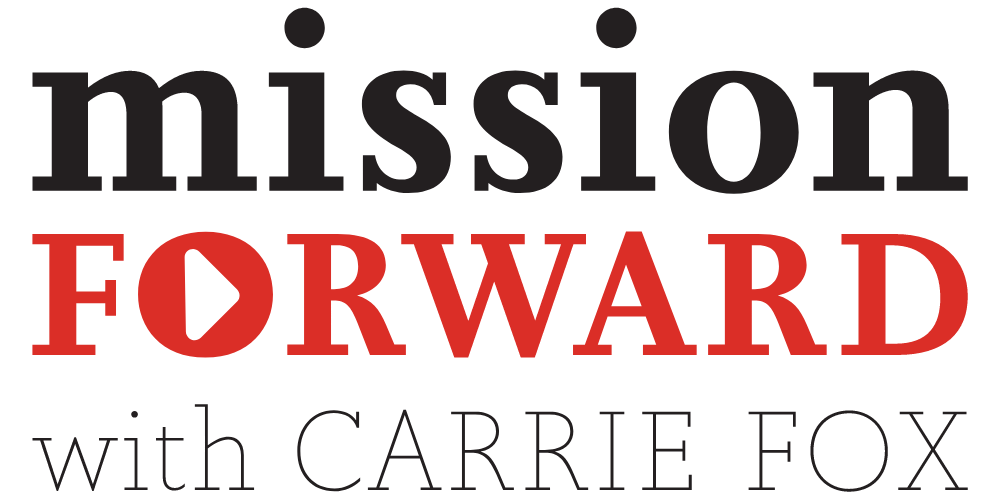Get Out of the (Dam) Way.
This article is part of Finding the Words, a newsletter that delivers practical insights on the day’s issues.
There’s been a lot of talk in recent weeks about cutting costs, building efficiencies, and reducing wasteful spending. Some extreme examples of this are playing out in real-time in the U.S. Administration, with the true impact of those actions yet to be realized.
Regardless of political ideology, most Americans agree that some level of cost-cutting and efficiency is good. In fact, according to a Newsweek poll released just last week, 60 percent of U.S. adults believe that the government is spending too much overall.
However, how leaders choose to address the issue of cost-cutting is in question. (Many Americans believe that key programs should receive more funding, not less.)
Which brings me to an article featured last week in The Guardian. It’s a tale of some eager beavers and the power of listening to those closest to the problems we set out to solve.
As the story goes, in 2018, Czech Republic officials embarked on an ambitious project to build a dam that could shield the Klabav River and its critically endangered crayfish population from acidic water spilling over from two nearby ponds.
Year after year, the project was readied and then stalled—in paperwork, delayed building permits, and negotiations over the land.
While that project stood stalled by humans, a group of eager beavers living in the area just so happened to start building a dam of their own, ultimately building an impressively large barrier just where the human engineers had hoped, saving the endangered fish and $1.2M in taxpayer money at the same time.
It seems sometimes, we really should leave it to beaver.
So, while we humans continue to squabble over how best to save money and build efficiencies, this little tale is a friendly reminder that often, those closest to the problem also know best how to address the problem.
While you and I may not be able to control much about how the government goes about solving problems in the near term, we can glean some good advice from those eager beavers in our own problem-solving efforts:
Listen First. Before taking action, take time to listen to and learn from those closest to the problem. Even better, invite them participate in the problem-solving efforts.
Get Closer. Experience the problem firsthand—and see what you might learn when you get close enough to witness it yourself.
Build Bridges to Solutions. And, of course, never underestimate the power of bringing together unlikely allies in the pursuit of problem-solving.
Bottom line: No matter the industry or the discipline, whether you work on issues of healthcare or housing, problem-solving is best done when it involves those closest to the problem. And yes, sometimes, the best action is to simply get out of the “dam” way.
This post is part of the Finding The Words column, a series published every Wednesday that delivers a dose of communication insights direct to your inbox. If you like what you read, we hope you’ll subscribe to ensure you receive this each week.







I know the feeling of wanting more from a colleague—and the feeling of personally underdelivering. Even when I’ve given something my all, sometimes the results are less than I hoped. Those moments can be defeating, and they can knock us off course. If they happen too often, they’re a certain recipe for job transition. So, I’ve come to navigate these requests differently in recent years.